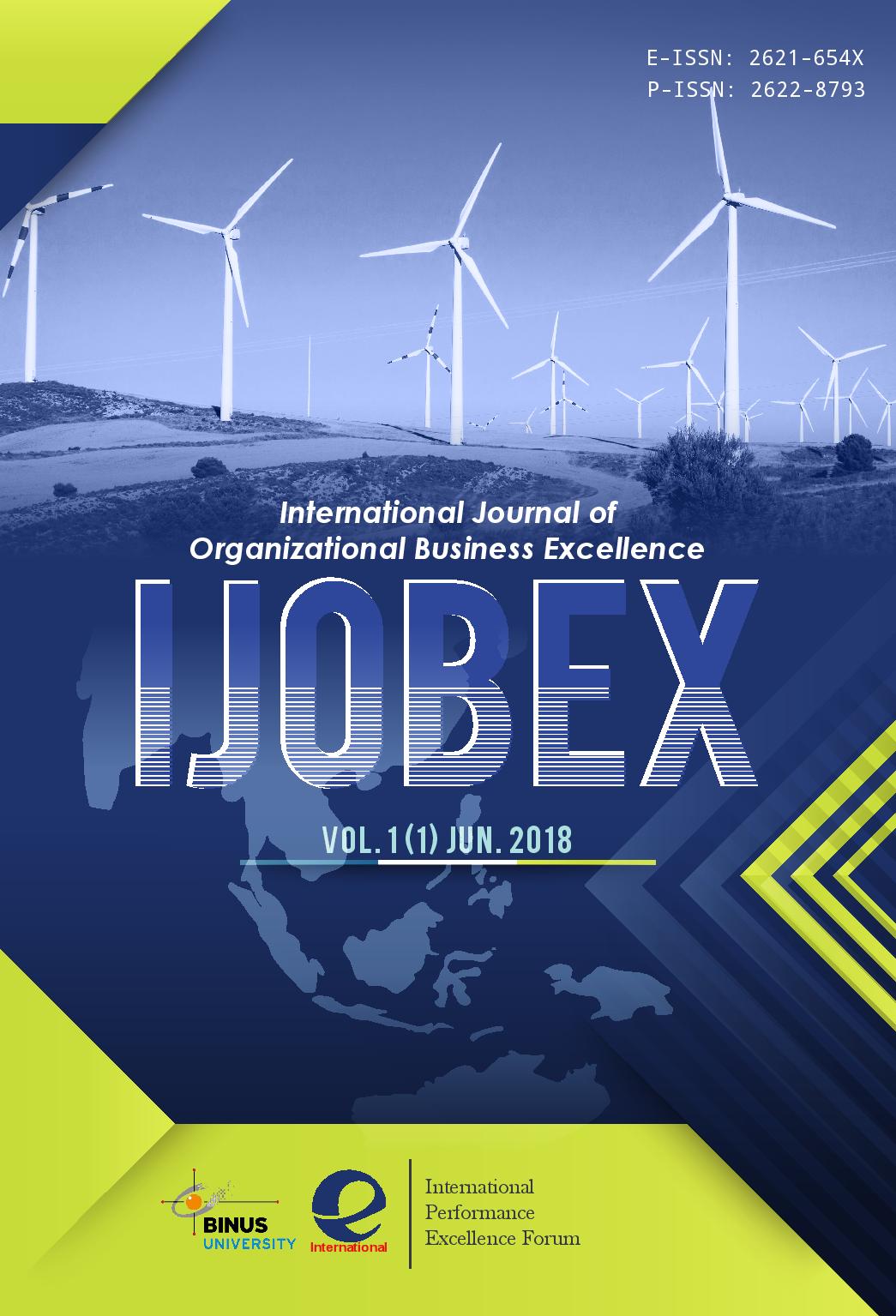Abstract
With the progress of globalization, diversity management, such as how to manage employees with different genders, races, languages, values, etc., has become an important issue even in Japanese companies, which have traditionally been dominated by male regular employees. This study examined the effects of bio-demographic diversity and task-related diversity on innovation in the workplace, and the moderating effects of inclusion climate and transactive memory. Four hypotheses were proposed and the questionnaire surveys from 173 Japanese employees in various companies were statistically analyzed. The results showed that task-related diversity, which is an internal characteristic of human attributes such as work experience, educational experience, and values, was a factor that promoted innovation. In addition, transactive memory, which is a memory system of knowledge about who knows what in the workplace, was found to strengthen the positive relationship between task-related diversity and innovation as the higher it was. In addition, although inclusion climate had no moderating effect between diversity and innovation, it had a significantly positive direct impact on innovation. It was suggested that creating a climate of inclusion, independent of increasing the degree of diversity, is important for innovation in the workplace.
References
Baer, M. (2012). Putting creative to work: The implementation of creative ideas in organizations. Academy of Management Journal, 55, 1102-1119. https://doi.org/10.5465/amj.2009.0470
Blau, P. M. (1977). Inequality and heterogeneity. New York: Free Press.
Byrne, D. & Nelson, D. (1965). Attraction as a function of proportion of positive reinforcements. Journal of Personality and Social Psychology, 1(6), 659-663. https://psycnet.apa.org/doi/10.1037/h0022073
Ely, R. J. & Thomas, D.A. (2001). Cultural diversity at work: The effects of diversity perspectives on work group processes and outcomes. Administrative Science Quarterly, 46(2), 229-273. https://doi.org/10.2307/2667087
Hentschel, T., Shemla.M., Wegge, J., & Kearney, E. (2013). Perceived diversity and team functioning: The role of diversity belief and affect. Small Group Research, 44(1), 33-61. http://dx.doi.org/10.1177/1046496412470725
Horwitz, S. K. & Horwitz, I. B. (2007) The effects of team diversity on team outcomes: A Meta-Analytic review of team demography. Journal of Management, 33, 987-1015. https://doi.org/10.1177/0149206307308587
Japan Cabinet Office (2019). Diversification of labor market and the challenges. (Annual Report on the Japanese Economy and Public Finance 2019, chapter 2). Cabinet Office. https://www5.cao.go.jp/keizai3/2019/0723wp-keizai/setsumei-e2019.pdf
Joshi, A. & Roh, H. (2009). The role of context in work team diversity research: A meta-analytic review. Academy of Management Journal, 52(3), 599-627. https://psycnet.apa.org/doi/10.5465/AMJ.2009.41331491
Lewis, K. (2003). Measuring transactive memory systems in the field: Scale development and validation. Journal of Applied Psychology, 88(4), 587-604. https://psycnet.apa.org/doi/10.1037/0021-9010.88.4.587
Nishii, L. H. (2013). The benefits of climate for inclusion for gender-diverse groups. Academy of Management Journal, 56(6), 1754–1774. http://dx.doi.org/10.5465/amj.2009.0823
Podsakoff, P. M. & Organ, D. W. (1986) Self-reports in organizational research: Problems and prospects. Journal of Management, 12(4), 531-544. https://psycnet.apa.org/doi/10.1177/014920638601200408
Ren, Y. & Argote, L. (2011). Transactive memory systems 1985-2010: An integrative framework of key dimensions, antecedents, and consequences. Academy of Management Annals, 5(1), 189-229. https://doi.org/10.1080/19416520.2011.590300
Shin, S. J., Kim, T. Y., Lee, J. Y., & Bian, L. (2012). Cognitive team diversity and individual team member creativity: A cross-level interaction. Academy of Management Journal, 55(1), 197-212. https://doi.org/10.5465/amj.2010.0270
Turner, J. C. (1987). Rediscovering the Social Group: A Self-categorization Theory. Blackwell.
Turner, J. C. (1999). Current issues in research on social identity and self-categorization theories. In N. Ellemers, R. Spears, & B. Doosje (Eds.), Social Identity: Context, Commitment, Content (pp. 6-34). Oxford: Blackwell.
Van der Vegt, G. S. & Janssen, O. (2003). Joint impact of interdependence and group diversity on innovation. Journal of Management, 29(5), 729-751. https://psycnet.apa.org/doi/10.1016/S0149-2063_03_00033-3
van Knippenberg, D., De Dreu. C. K. and Homan. A. C. (2004). Work group diversity and group performance: An integrative model and research agenda. Journal of Applied Psychology, 89(6), 1008-1022. https://psycnet.apa.org/doi/10.1037/0021-9010.89.6.1008
Webber, S. S. & Donahue, L. M. (2001). Impact of highly and less job-related diversity on work group cohesion and performance: A meta-analysis. Journal of Management, 27(2), 141-162. https://doi.org/10.1177/014920630102700202
Wenger, D. (1987). Transactive memory: A contemporary analysis of the group mind. In B. Mullen and G. R. Goethals (Eds.), Theories of Group Behavior (pp. 185-208). New York: Springer.
Wegner, D., Raymond, R., & Erber, R. (1991) Transactive memory in close relationships. Journal of Personality and Social Psychology, 61(6), 923-929. https://psycnet.apa.org/doi/10.1037/0022-3514.61.6.923
Williams, K. Y. & O’Reilly, C. A. (1998). Demography and diversity in organizations: A review of 40 years of research. Research in Organizational Behavior, 20, 77–140.

This work is licensed under a Creative Commons Attribution-NonCommercial-ShareAlike 4.0 International License.

